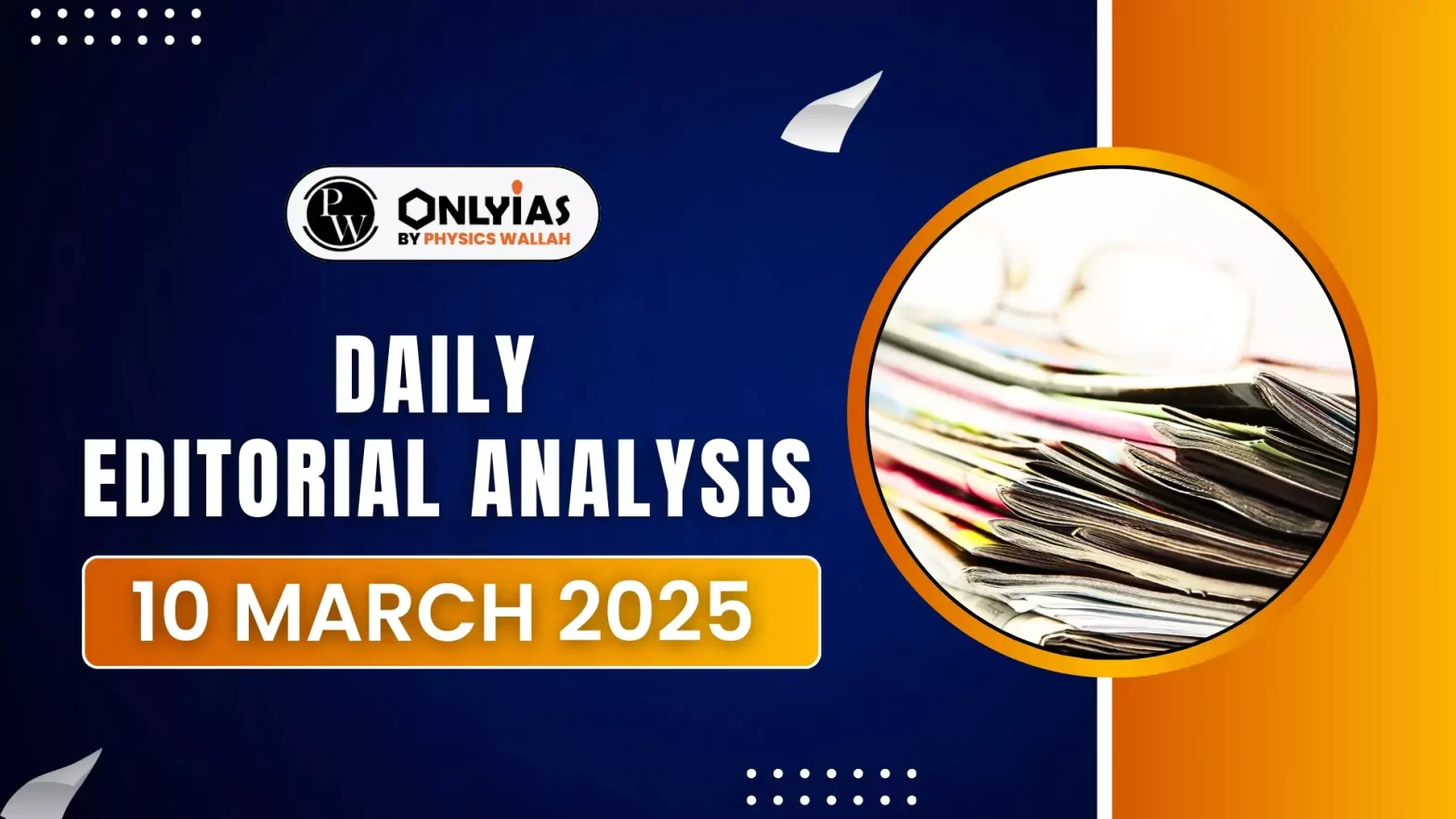Women continue to face systemic barriers in India’s higher judiciary, with low representation in High Courts and the Supreme Court.
Women in Judiciary History
- 1924: Cornelia Sorabji became India’s first female lawyer.
- 1959: Anna Chandy became the first woman High Court judge (Kerala HC).
- 1989: Justice M. Fathima Beevi became the first female SC judge.
- Today: Many women in lower judiciary, but few in higher courts.
Current Status of Women in the Higher Judiciary
- High Courts: Women account for only 14.27% of judges (109 out of 764). Several High Courts, including Uttarakhand, Meghalaya, and Tripura, have no women judges.
- The Allahabad High Court, India’s largest High Court, has just 3 women judges out of 79 (approximately 2%).
- Supreme Court: The top court currently has only two women judges — Justice B.V. Nagarathna and Justice Bela Trivedi. With Justice Bela Trivedi’s impending retirement in June 2025, the Supreme Court will be left with only one woman judge.
- Age Disparity: Women judges are appointed at an average age of 53, while men are appointed at an average age of 51.8, reducing their prospects of reaching seniority or leadership roles.
- Leadership Deficit: Out of 25 High Courts, only the Gujarat High Court has a woman Chief Justice.
Reasons For Less Women in Higher Judiciary
- Systemic Inequality: Women lawyers face heightened scrutiny in judicial appointments. While men’s merit is often presumed, women are frequently required to prove their competence to a greater degree.
- Opaque Collegium System: The collegium lacks clear eligibility criteria and fails to ensure gender-inclusive recommendations. This opacity disproportionately affects women candidates.
- Gender Bias in Recommendations: Since 2020, nine women recommended for High Court judgeships were not confirmed by the government.
- Among these, five were the only names rejected in their respective lists, underscoring systemic bias.
- Limited Elevation: Over 75 years, only one woman has been elevated directly from the Bar to the Supreme Court, whereas nine men have been elevated via this route.
- Institutional Barriers: Women lawyers face fewer networking opportunities, insufficient mentorship, and limited access to senior roles, reinforcing exclusion from higher judicial positions.
Global Comparison
- UK Supreme Court: Only 3 out of 12 judges are women.
- US Supreme Court: 4 out of 9 judges are women.
- Canada: Nearly 50% of judges are women.
- Other nations: Many are actively working toward gender balance in their judiciary.
Way Forward
- Transparent Collegium process: The collegium must establish clear criteria for judicial appointments, including a structured application process for women lawyers to express their interest.
- Mandatory gender representation: The judiciary must institutionalize a policy ensuring that at least one-third of judges in the higher judiciary are women.
- Merit-based selection: Diversity and merit must be seen as complementary, ensuring selection is based on excellence and integrity while prioritizing gender inclusion.
- Mentorship support: Dedicated programs to mentor and train women lawyers for leadership roles will help break systemic barriers.
- Review of rejected recommendations: The government must adopt a policy requiring clear explanations when rejecting candidates recommended by the collegium, especially women.
Conclusion
Achieving gender parity in the higher judiciary is vital to upholding constitutional values of equality, inclusiveness, and justice. As Justice Indira Banerjee rightly emphasized, women’s appointments must become normalized rather than celebrated as exceptional.
![]() 10 Mar 2025
10 Mar 2025

